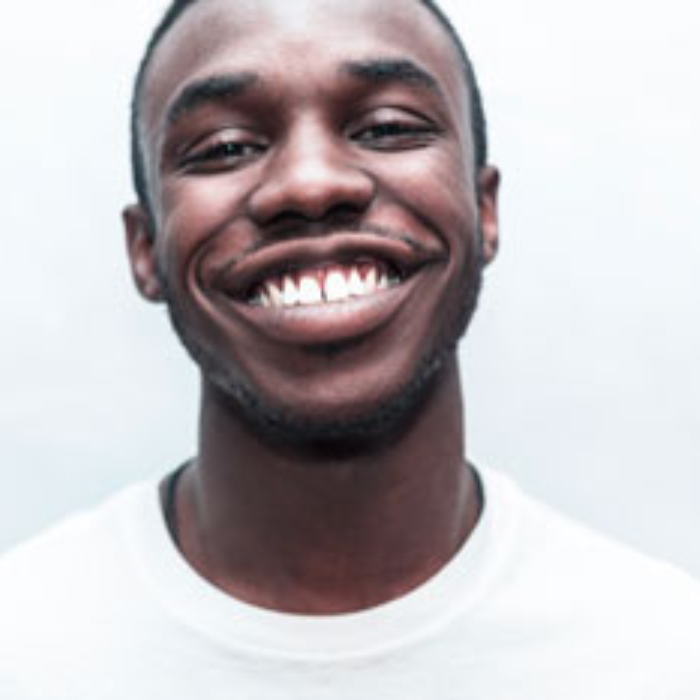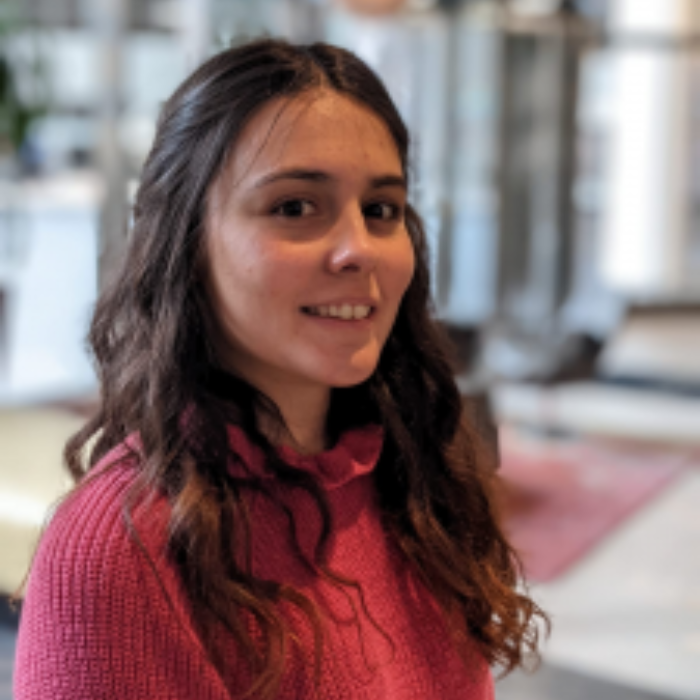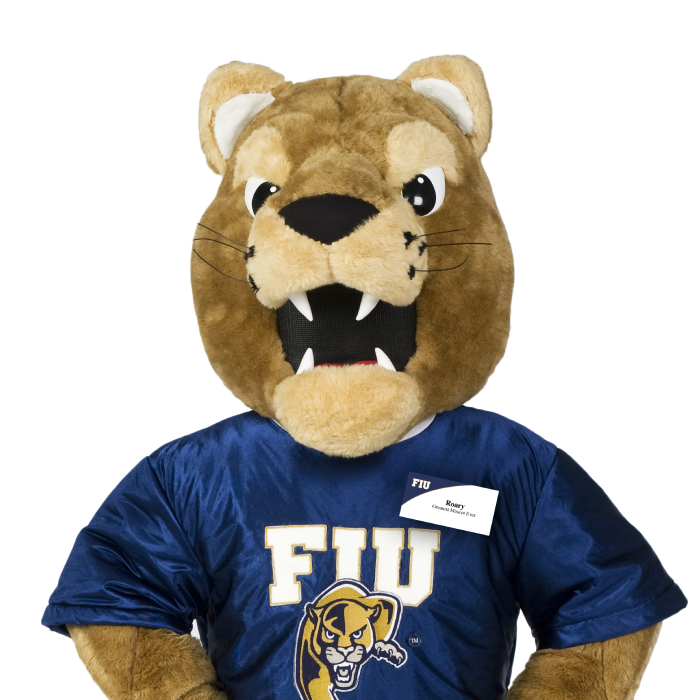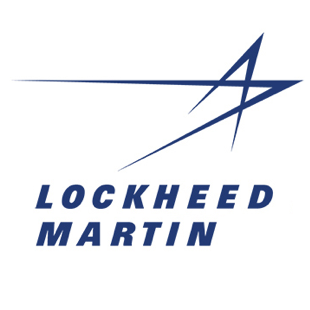Alumni Students

Gianluca Bacigalupo
Research Summary:

Eloy Beaucejour
Research Summary:
Eloy’s research experience over the spring and summer semesters at Florida International University’s (FIU) Department of Electrical and Computer Engineering’s was with the Analytics for Cyber Defense (ACyD) Lab. In Eloy’s research, he read, researched, and presented important information from various papers related to smart building security and infrastructure and resiliency. The information he first researched was on smart building security ranged from heating, ventilation, and air conditioning (HVAC) systems of occupancy estimation in smart building that impacts various control system significantly like HVAC. He was particularly focused on how sensors related occupancy estimation can be attacked and affect HVAC control decisions.. He then researched CO¬2 related occupancy estimation, and other types of occupancy estimation methods on HVAC systems, and how they can be attacked or comprised.
Furthermore, the other topic that he researched through the summer semester was on smart building controls and resiliency. For example building lighting and ventilation controls. These different building modeling controls and protocols that he researched and presented were integral functions in how smart buildings are managed, self-sustained, and optimized. Additionally, these functions can create an improved quality of life for occupants in a variety of smart buildings management controls like lighting, air quality, cooling, heating, electric, sound, transportation, and network system. These advances result in improved energy management and cost-saving to building managers.

Briana Canet
Research Summary:
This summer, Briana conducted research under the OURS program with Dr. Andres Tremante, while simultaneously participating in an internship at Northrop Grumman as a mechanical design integration engineer intern.
As an OURS scholar, Briana was entrusted with writing a technical paper as I acquired new data from my teammates. Wind damage caused by extreme winds are due to high wind uplift forces concentrating on the roof corners and edges of buildings. My team’s study focuses on the application of an Aerodynamic Mitigation and Power System (AMPS) consisting of a horizontal axis wind turbine integrated to roof edges to reduce wind damage and supply power to buildings. Four test configurations on a flat roof low rise building were fitted with an AMPS at different wind directions and loads. Computational fluid dynamic optimization of the test configurations without the static AMPS system was completed. The number of iterations and mesh parameters were optimized to provide both high amounts of nodes and consistent results through the roof surface at a low-processing time.
At Northrop Grumman, Briana supported a missile program by enhancing system requirements using the DOORS management tool. She also designed and modeled a low-cost operational umbilical system using Siemens NX. In addition, she communicated with aerospace suppliers, formulated concept of operations, and commenced reliability analyses.
This summer, she had the wonderful opportunity to explore different mechanical engineering fields: the energy and aerospace field. Briana will continue with OURS this fall 2020, her last semester as an FIU undergraduate student.

Juliette Dubon
Research Summary
In Spring 2020 Juliette was an OURS student and conducted research in the Applied Research Center in the composites lab under the mentorship of Dr. Boesl. Along with her labmates, Juliette wrote a conference paper for the Society for the Advancement of Material and Process Engineering (SAMPE) Summer 2020 conference which was unfortunately cancelled due to the pandemic. Although they were unable to attend and present at the conference she is still proud of what her team accomplished. In the SAMPE 2019 conference they were awarded first place with the poster they presented!
Their research abstract: Adhesive bonding for composite structures offers multiple advantages over fasteners such as creating an even distribution of stress over the entire bonded surface, maximizing fatigue resistance with adhesive flexibility, and providing protection from corrosion. This project focuses on the advancement of a non-invasive field tool that can approximate the quality of an adhesive bond by detecting changes in electric fields at the molecular level of an epoxy-based adhesive doped with magneto-electric nanoparticles (MENs). The tool FIU has developed is based on a B-H looper system where coils are arranged into a noise-cancellation configuration to measure the magnetic susceptibility of the samples with a lock-in amplifier. Epoxy based adhesive samples were doped with MENs to evaluate mechanical properties of the adhesive, the degree of cure, and mechanical damage. Correlations in magnetic signatures were observed, demonstrating the capabilities of the B-H looper system as a bond inspection tool.
During the summer, Juliette interned with The Boeing Company. She first interned for Boeing last summer in 2019 as a Boeing Commercial Airplane Structures Core Engineer and returned to Boeing this summer to intern as a Boeing Commercial Airplane Payloads Engineer. To summarize her work, this summer she worked with the 737 Main Cabin Interiors team on a lavatory accessibility project. She focused on The Americans with Disabilities Act (ADA), inclusive design, and accessibility for all passengers. She also had the opportunity to join the Environmental Health and Safety (EHS) team on an exoskeleton project. Juliette conducted a market survey on current industrial exoskeletons and analyzed their technology readiness level (TRL), manufacturing readiness level (MRL), and their potential applicability in Boeing.

Hervangelot Lourdes
Research Summary:
During the summer Hervangelot has conducted research on the corrosion rate of additively manufactured stainless steels, with Dr. Tony Thomas. The samples that they use are 316 stainless steel that has been manufactured by selective laser sintering or SLS for short. SLS works by heating a metal powder bed with a laser, layer by layer to get the desired geometry. We have also been comparing the additively manufactured stainless steel with 316 stainless steel that was made with a different manufacturing process that is cold rolled. Dr. Thomas guided Hervangelot on how to polish the samples, and how to use optical profilometry to scan the surface of the samples. Profilometry uses a laser, and depending on the laser intensity it makes a map of the surface of the metal. They have used this to find how deep pits that have formed on samples, after they have gone through corrosion testing and also to calculate the surface roughness of the metal. He was also tasked with collecting corrosion data from journals so we can use machine learning to calculate missing parameters.

Calvin Mark
Research Summary:
Calvin continued his research from the spring semester, “Social Intelligence for Resilient Interdependent Networks: Gaining Insight through Large-Scale Holistic Simulations” discusses probing the resilience of interdependent networks such that catastrophic cascades of failure as a result of social dynamics can be avoided and mitigated. Power grids, for example, can be a complex web of nodes that are dependent on each other. A failure in a single node can create a domino effect, compromising the integrity of the entire network. When considering forms of mitigation, the degree of coupling within a network, or the level of how interdependent nodes are upon each other. Simulating different configurations which include the removal of nodes, we can see nodes and corresponding edges which have the highest risk of causing catastrophic failure. If the construction or reconstruction of a network can reduce this degree, networks such as power grids can be more efficient and more secure against failure due to natural disasters or malicious attacks.
At the time of writing this, COVID-19 has become a global pandemic. We can see a threat against the global economy if the spread cannot be contained. This is due to the fact that across sectors, people are unable to work. This creates a disruption in the supply chain as levels of supply and demand are shocked. Understanding these economic repercussions and the possible long term effects, can aid leaders of government to create policies to best benefit their population until a vaccine or other means of mitigation can be developed. Calvin is also contributing to a research paper on the implications of COVID_19 for the global economy.

Susanna Peca
Research Summary:
Susanna’s research focuses in the area of Computational Geometry, which is the study of algorithms, data structures, and applications that pertain to computational problems of a geometric nature. Her main interest concerns implementing a heuristic to construct a polygon with minimum or maximum area (MINAP and MAXAP, respectively) given a set of planar points. Susanna and her research group have implemented programs in Java to calculate the intersection of collinear line segments, polygon operations, and the Graham scan (finding the smallest polygon from a set of points that encloses all points in the set) and currently they are working on an algorithm to merge point polygonizations.

Anet Sanchez
Research Summary:

Joaquin Sefair
Research Summary:
In the summer of 2020, Joaquin conducted research for FIU under the OURS program with the guidance of Dr. Andres Tremante. Joaquin analyzed the effects of wind direction and speeds, similar to those of a hurricane on buildings with a focus on the roof.
Our team involved 3 students: two of which, including myself, were focused on the data acquisition through scaled computerized models and simulations and one of which was writing the technical paper to be presented as a conference paper.
Damage caused by extreme winds are due to high wind uplift forces concentrating on the roof corners and edges of the buildings. Using simulation software, namely SolidWorks and ANSYS Fluent, per our modelled Aerodynamic Mitigation and Power System (AMPS), I performed a quasi-2D analysis to acquire the pressure difference, which are directly related to force and thus power generation, on three distinct coordinate planes. The AMPS system will ideally generate power to any structure via an integrated wind turbine.
An elimination process was utilized in order obtain an optimized mesh and also the ideal iteration number for low-processing time but also high result accuracy. I have gained further knowledge on ANSYS Fluent, data acquisition, and energy system through this research. Joaquin will continue his research this fall in hopes of expanding the investigation and gather more defined results and thus conclusions.

Alexander Garcia
Research Summary:
PATHS UP REM Scholar


